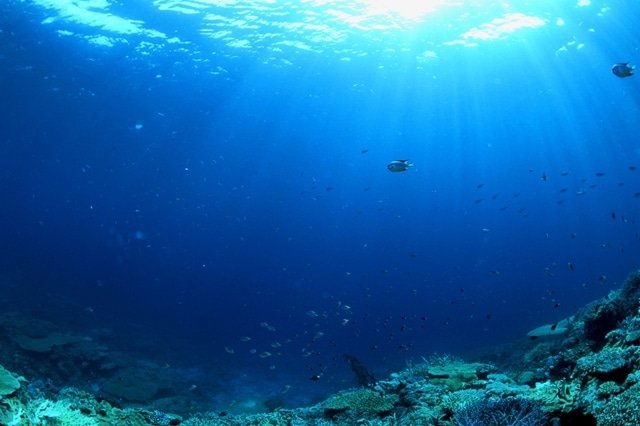By Kalwinder KaurJan 6 2014
What is Ocean Acidification?
Development of the Ocean Acidity Sensor
The New Sensor
Future Developments
Conclusion
References
Studies reveal that ocean acidity is likely to double by 2100 because of carbon dioxide (CO2) pollution. The enormous amounts of CO2 absorbed into the oceans will change water chemistry and affect the life cycles of many marine creatures.
What is Ocean Acidification?
Ocean acidification is an issue that is progressing and has had a great deal of research attention. The problem refers to the reduction in the pH levels in the oceans caused by the absorption of CO2 from the atmosphere.
Although ocean acidification has aided reduction of the effect of CO2 emissions on climate change, it has also led to a 0.1 unit reduction in the pH of the world's oceans. Ocean pH for thousands of years has measured basic at about 8.2. At present this is around 8.1 (which is a 25% increase in acidity over the past two centuries).

Image credits: Photos.com.
Development of the Ocean Acidity Sensor
A team of scientists and engineers from the National Oceanography Centre along with oceanographers from the University of Southampton Ocean and Earth Science have successfully completed the first step in developing a cost-effective micro sensor for long-term monitoring of ocean acidification.
The new sensor technology is designed to measure pH levels in seawater. The sensor was tested aboard the RRS Discovery, and the findings were published in Anaytica Chimica Acta.
Lead researcher, Dr. Victoire Rérolle claims that this particular sensor is capable of high-level precision monitoring of seawater pH with great accuracy.
The New Sensor
The sensor works along the principles of the litmus paper, where the color changes according to the acidity in the solution. It uses a dye which changes color in the presence of pH. The dye is added to the sample, then the color is measured using an LED light source and a device called a spectrometer.
The robust, small microfluidic chip within the sensor is quite inexpensive to manufacture, and uses only small amounts of reagents. At the moment, it can be used for on-board analysis of seawater samples only.
Future Developments
Researchers are planning on developing this tool by using an in situ system that can be installed on ocean observing platforms. They plan to incorporate technologies successfully used on other ocean monitoring systems.
Other possible applications of the new sensor technology include:
- Measuring more localized human impact
- Detecting leakages from carbon capture and storage sites
- Monitoring seawater acidity around drilling sites by the oil industry.
Conclusion
This project is funded by SENSEnet, an EU Framework 7 project for the development of aquatic sensors. Acidic seawater will adversely affect certain species including oysters, corals, clams, sea urchins, and calcareous plankton, which has an impact on the entire aquatic food web. This in turn will affect the entire food web. Thus, the discovery of these kind of novel sensors is very crucial; even more so today as more and more people worldwide are relying on food from the ocean and several economies depend on the fish and shellfish in the oceans.
References
Disclaimer: The views expressed here are those of the author expressed in their private capacity and do not necessarily represent the views of AZoM.com Limited T/A AZoNetwork the owner and operator of this website. This disclaimer forms part of the Terms and conditions of use of this website.